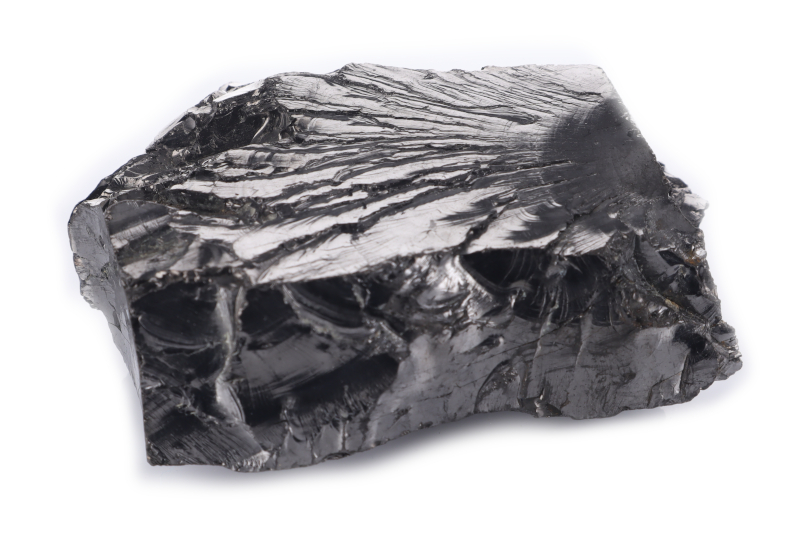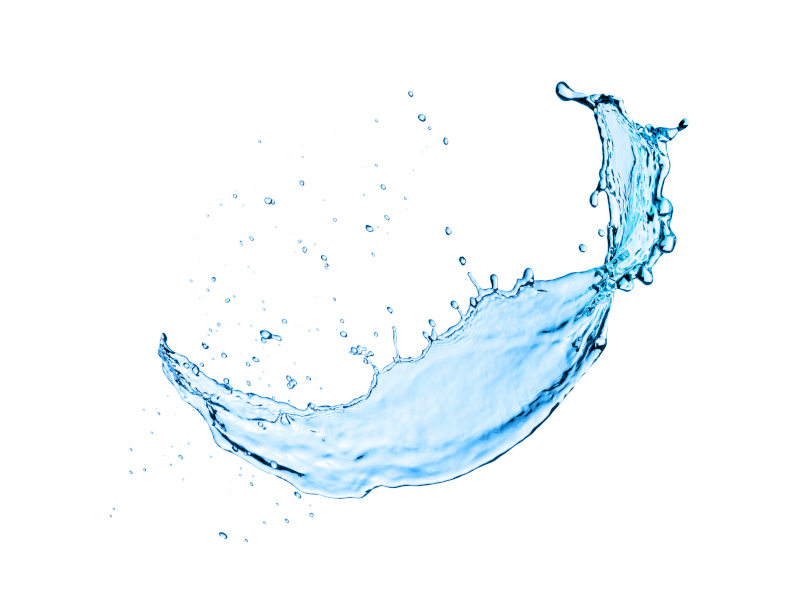Scientific Papers
Shungite influence on the water chemistry
A. Z Zaidenberg
Institute of Geology, Karelian Research Center, Russian Academy of Sciences, Petrozavodsk, Russia 185610
Introduction:
The Proterozoic rocks of the Shunga district (Karelia, Russia) have attracted interest for over one century because of their high carbon contents and unusual C forms. In addition to their geological fascination, shungites have properties that make them industrially interesting [ 1].
Shungite applications in the adsorption of organic matter, bacterial and heavy metal removal, and drinking water preparation were widely elaborated in Russia. A hypothesis concerning shungite rocks’ role in recovering natural water systems was also suggested [2].
Nevertheless, up to now the nature of shungite influence on water chemistry is not quite clear.
The most prominent features of shungite/water interaction are the following: pH alteration, extraction of metals and organic, and the formation of colloidal systems.
Results and Discussion
The most pronounced effects in water treatment were noticed for the so-called ‘type III’ shungite from the Maksovo-Zazhogino deposit (Sh III). This rock is characterized by the inseparability of carbon and mineral parts and the following content (wt.%) •
C (20-32), SiO2 (57.0 -66.2), A1203 (3.20-4.45), TiO2 (0.16 – 0.3), Fe203 +FeO (1.0 – 2.3), MgO (0.4 – 0.8), CAO(0.07-0.3), K20(0.8- 1.6), Na20(0.11-0.3), MnO (0.01- 0.02), S (0.2 – 0.7).
The specific surface area measured by the N2 adsorption BET technique is about 25 m 2 g-1. Neutral solutions became more acidic after contact with Shungite III. The pH decrease up to 3.8-4.4, depending on the particle size and the Shungite – water contact conditions were found. Among possible reasons the following might take place: the influence of surface groups, catalytic destruction of organic substances [3], and also electrochemical reactions, in particular [4]
4Fe(III) + C + H20 – CO2 +4Fe(II) +4H
C (O)ads + OH— CO2 +21-1 + +3e
C (O)ads + OH — C +H202 + e
Extraction of elements from Shungite III under different conditions such as exposure time, electrolyte content and concentration was
investigated. Among the most intensively extracted substances Ca, Mg, Fe, Mn, Ni, AI, SO4, C1, S were found. It was also shown that thermal treatment as well as fine grinding influence greatly on the character of the extraction process. In particular, an increase of Na and K and a decrease of AI, Fe, Ni, Cr, V extraction were noticed under both kinds of treatment.
Formation of colloidal systems is possible as a result of AI, Fc, and SO4 presence in water contacted with Shungite III. However, the most unusual colloid is formed due to the Shungite rock ‘dissolution’, so that each micron-sized colloidal particle includes carbon and mineral parts. The close connection between carbon and minerals is the very specific feature of shungite rocks which might reflect shungite origin from carbon- silicone precursor [1]. We assumed that this feature would allow us to use shungite in the treatment of oily wastes. Indeed, we found it possible to clean water from oil up to a very high level – 0.02 – 0.05 mg/1. In this case adsorption capacity was about 60-100 mg/g and the water /sorbent ratio was as high as (1000-1500) : 1, depending on the condition of the process.
Electrochemical treatment of the Shungite filters is possible because of Shungite rocks’ high conductivity.ty (1000 S m ~ ) [5}. The later also allows us to use Electrochemical Impedance Spectroscopy methods [6] to control conditions of the process, such as electrolyte concentration, velocity, and also pressure applied to the shungite filter. We found that one can strongly increase the pH alternation and extraction of Fe(II)as a result of 2-10 V dc. polarization (figure 1).

Figure 1. pH and Fe(II) vs. time plots for 2, 4, 6 V shungite filter polarization
Obtained data allowed us to use Shungite III as electrode material in flow-type electrolyzers for drinking water preparation and heavy metals (copper, nickel, cobalt, zinc) removal.

Figure 2. Power consumption vs. time plots for heavy metals electrodeposition process.
In the latter case, about 90% of metals were removed from sulphate solutions and 100% of nickel was precipitated in a water-ammonia solution. Practically a complete extraction of cobalt and zinc was achieved with a power consumption shown in figure 2. In addition to the above reduction of Cr (VI)to 10-100 times less toxic Cr (III) was pointed. The latter allows us to elaborate on a practical system for Cr (VI) removal. The main advantages of the system are the following: I) using low-cost adsorbent made of Sh III rock and timber industry waste products combination, 2) elimination of the pH adjustment step, 3) easy utilization of the exhausted adsorbent by thermal oxidation. The ash containing up to 90 wt.% chrome (III) oxide can be used in metallurgy as an abrasive and pigment.
Conclusions
The results allow us to use shungite as a new carbon-mineral adsorbent and also utilize its specific properties: pH alteration, the formation of the colloid systems and high electroconductivity in flow-type electrolyzers for heavy metals removal.
Acknowledgments
The study was supported by the Russian Foundation for Intellectual Collaboration (grant “Shungite’).
References
1. Kalinin, Yu.K., Proc. Of the All-Union Society of Mineralogy, CXIX, NS, 1990, 1-8 (in Russ.)
2. ~ev, E.F, Kalinin, Yu.K., Zaguralskaya, L.M., Zaidenberg, A.Z., in Geology and Protection of Mineral Wealth of Karelia. Karelian Research Center, Russ..Acad. of Sci., Petrozavodsk, 1992, p. 20 (in Russ.).
3. Kalinin, A.I., Theoretical basis for self recovering processes of contaminated water. Proc. St. Petersburg Center of Ecological Security.
4. Zaidenberg, A.Z.,. Bormatov, A.A., Beloshapkin, A.A., Dyukkiev, E.F, in Engineering Problems in Ecology, (Ext. Abstr. Ira. Conf.), Vologda, Russia, 1993, pp. 15-21 (in Russ.).
5. Parfenyeva, L.S., Smimov, I.A, Zaidenberg, A.Z., Rozhkova, N.N., Stefanovich, G.B., Russ. Phys. Sol. State, 1994, 36, pp.234-236
6. Solovov, V.K., Tupolev, A.G., Zaidenberg, A.Z., Zverev, A.A., Kalinin Yu.K., in MICC-90 Moscow International Composites Conference, ed. I.N. Fridlyander, V.I. Kostikov. Elsvier Applied Science. London and NY, 1991. pp. 1343- 1347.
http://www.acs.omnibooksonline.com/data/papers/1997_ii118.pdf






